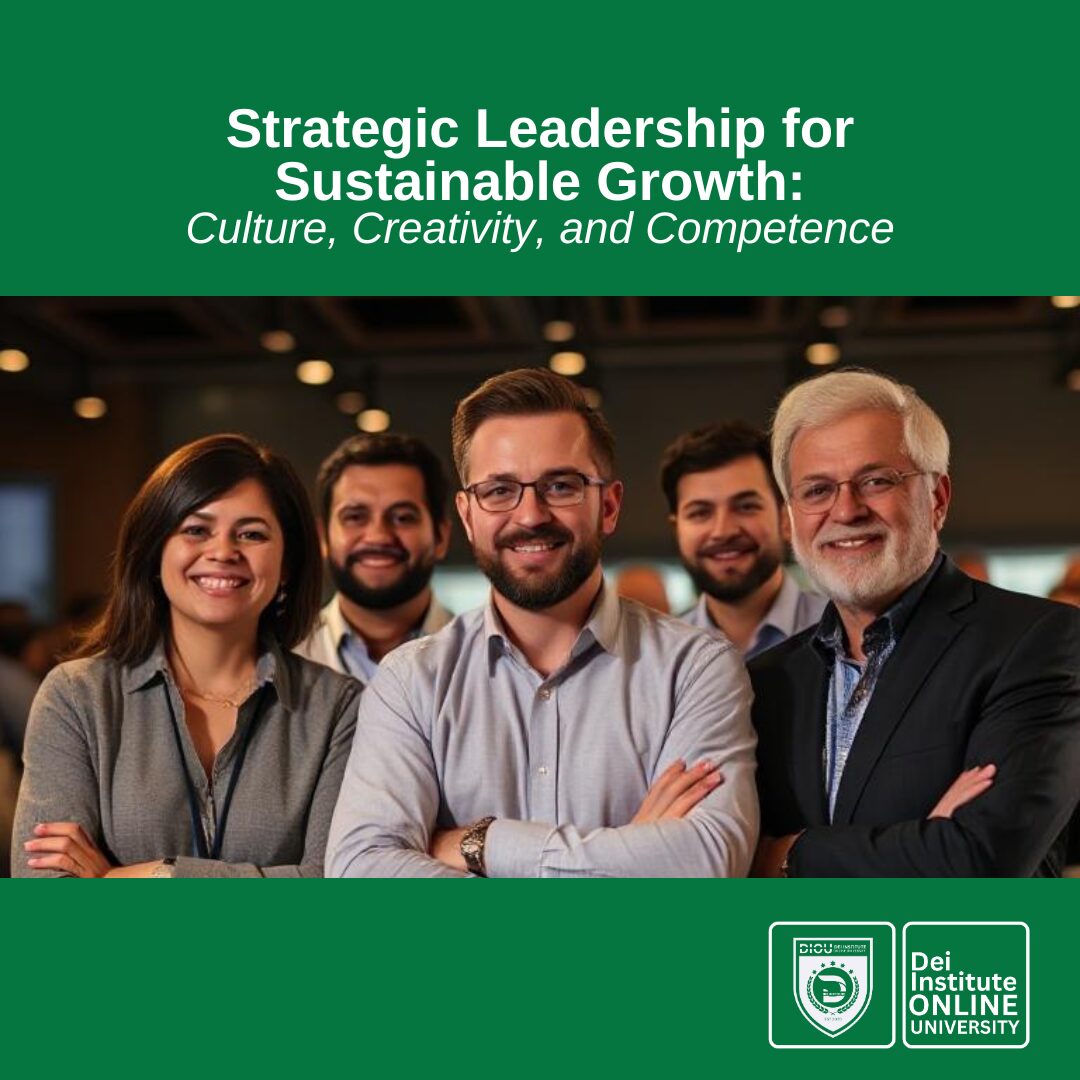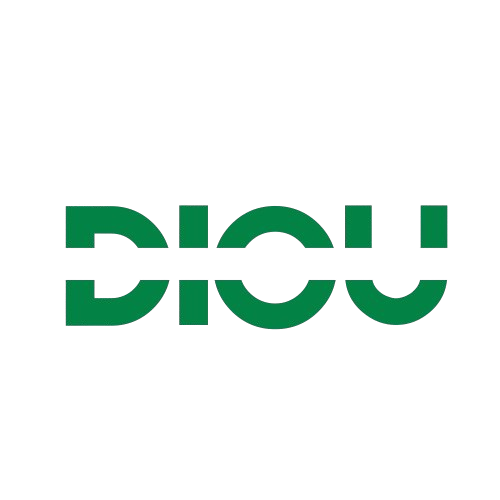Strategic Leadership for Sustainable Growth: Culture, Creativity, and Competence

Course Title: Organisational Development & Leadership
Module: Human Capital and Growth Strategy
Topic: The Three Critical People Every Organization Needs for Smart Growth
- The first category—those who embody the DNA of the organization—are the custodians of its culture and identity. The “DNA” here refers to the underlying mission, vision, core values, ethics, and philosophy that define an organization’s essence. These individuals have a deep and lived understanding of what the organization stands for. They don’t just know the mission statement by heart; they actively live it and teach it through their actions and decisions. This group includes senior leaders, founders, culture champions, and experienced employees who have internalized the organizational ethos. Their role is to ensure continuity and consistency, especially during times of change such as leadership transitions, mergers, or rapid growth. They safeguard against mission drift—the gradual deviation from original goals and values—which can dilute an organization’s impact and reputation. By mentoring new staff, enforcing core values, and setting examples through ethical leadership, these cultural stewards maintain cohesion and unity. Without them, organizations risk losing their soul, becoming fragmented or disconnected from the people they serve or their intended purpose.
- The second group is composed of the smart people—open-minded thinkers, innovators, strategists, and problem solvers. These individuals are the lifeblood of innovation within the organization. Their defining characteristic is intellectual curiosity combined with adaptability. They are not satisfied with the status quo and constantly ask probing questions like, “How can we do this better?” or “Is there a more efficient way?” Smart people are comfortable with ambiguity and complexity; they think critically and creatively, often combining knowledge from diverse fields to generate new ideas. In the modern business environment marked by rapid technological advancement and shifting markets, their ability to innovate is crucial. They lead research and development initiatives, drive digital transformation, and formulate strategies that ensure the organization remains relevant and competitive. These thinkers encourage a culture of continuous improvement and learning, pushing their peers to challenge assumptions and embrace change. Organizations that lack this group tend to become rigid, slow to adapt, and vulnerable to disruption from more agile competitors. Hence, cultivating open-mindedness and critical thinking is vital for long-term survival.
- The third and equally essential category comprises the skilled executors—the implementers who turn vision into reality. These people excel in execution, bringing high levels of competence, discipline, and reliability to their work. Skilled executors include project managers, technical specialists, frontline workers, and operational leaders who ensure that strategies and plans are carried out efficiently and with excellence. They focus on detail, quality control, and consistent delivery, transforming abstract concepts into concrete outcomes. Their expertise spans a wide range of skills, including process optimization, customer service, quality assurance, and logistics. Without skilled executors, even the best ideas remain theoretical, and organizations fail to deliver value. Their role is often undervalued because their work is behind the scenes, but it is fundamental to organizational effectiveness. They embody the principle that “vision without execution is hallucination,” emphasizing that success is as much about doing as it is about thinking.
The true power of any organization emerges when these three groups work synergistically. The cultural stewards provide the heart and soul, anchoring the organization in its purpose and values. The smart thinkers provide the brainpower, offering innovative strategies and new ideas to navigate complexity. The skilled executors provide the hands, driving implementation with precision and excellence. When leaders intentionally integrate and align these roles, the organization functions as a cohesive whole rather than a collection of disconnected parts. This alignment fosters a culture of trust, collaboration, and mutual respect, enabling the organization to be both stable and flexible—rooted in core values yet agile enough to innovate and excel operationally.
For leaders, understanding this dynamic is critical. Effective leadership involves recognizing the importance of each role and creating environments where these groups can thrive together. Leaders must avoid overemphasizing one area at the expense of others. For example, focusing solely on culture without encouraging innovation can lead to stagnation. Prioritizing innovation without maintaining cultural integrity risks chaos and confusion. Emphasizing execution without strategic thinking can lead to wasted effort and misdirected resources. Wise leaders develop balanced teams, promote cross-functional communication, and invest in leadership development to cultivate skills in all three areas. They empower cultural stewards to mentor and maintain values, encourage smart thinkers to question and innovate, and support skilled executors with training and resources to perform at their best. Additionally, understanding these roles offers insights into organizational change management. During change initiatives, cultural stewards help manage resistance by reinforcing shared values and mission, smart thinkers design new solutions and strategies for transformation, and skilled executors ensure smooth operational transition through effective implementation. This integrated approach increases the likelihood of successful, sustainable change.
In summary, organizations that intentionally cultivate and align the DNA carriers, smart open-minded thinkers, and skilled executors create a powerful ecosystem capable of sustained growth, innovation, and impact. This balanced integration of heart, mind, and hands ensures that the organization not only survives challenges but thrives by staying true to its purpose, continuously evolving, and delivering excellence. For students, emerging leaders, and practitioners, mastering this framework offers a robust foundation for building and leading organizations that are resilient, adaptive, and purposeful in today’s complex world.
Leadership Insights
A smart leader or visionary founder must:
- Identify and affirm each type of contributor.
- Create a culture where all three are honored equally.
- Avoid building a team of only executors, only thinkers, or only traditionalists.
- Nurture collaboration, not competition, among these groups.
When leaders value each role intentionally, they are not just managing a team—they are cultivating a legacy of leadership, impact, and longevity.
Student Reflection Questions
- Which of the three types—DNA Carrier, Smart Thinker, or Skilled Executor—do you currently identify with most?
- Think of an organization you've worked with or been part of. Were all three types present? What happened if one type was missing?
- Why is it dangerous for an organization to only value execution without culture or innovation?
- How can open-minded thinkers and skilled doers collaborate more effectively?
